Grow Seeds For Garden Birdies: 7 Bird Seed Plants For A Garden You & The Birds Will Love
Feeding birds isn’t just about putting out bird feeders, although that is important – growing bird seed plants can also help them thrive. Here are some of the best

Mary H. Dyer
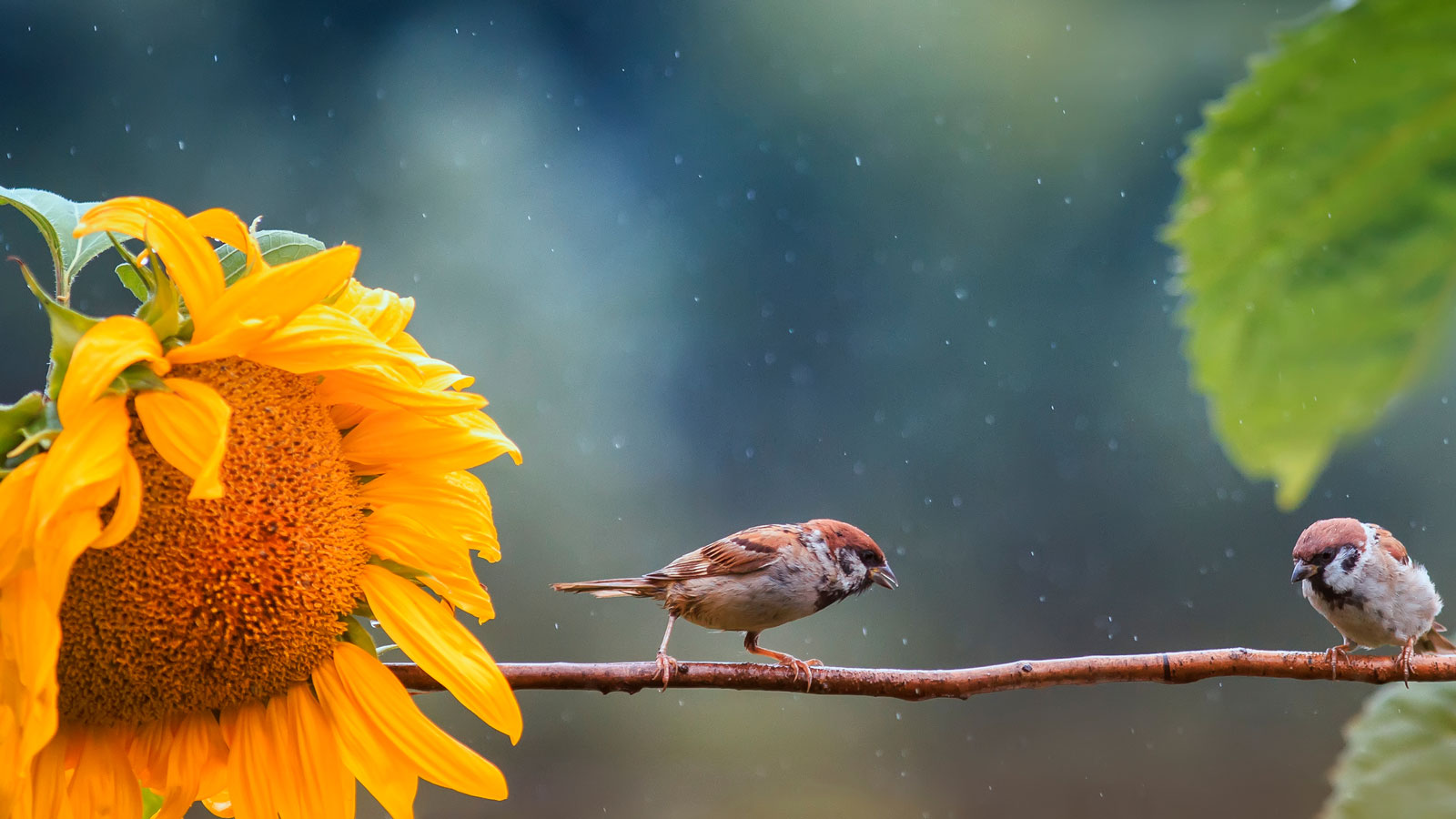
Birds add delight to our backyards, and many of us encourage their presence by setting out watering dishes and bird feeders. However, along with bagged bird seed, you can also grow bird seed plants in your garden. These grow-your-own bird feed options can then be left for the birds to pick and enjoy – or you can make your own bird seed balls. As well as growing seedheads as a way of attracting birds to your yard, you also get the added benefit of enjoying the plants before they seed.
Mother Nature usually takes responsibility for growing bird seed. Many of the best bird seed plants are natives, growing in the wild. But some of the most nutrient-rich flowering plants you can grow to get birds flocking can be easily cultivated in your own garden. If you want to grow bird seed with an ornamental flourish, here are the best bird-friendly options to try.
Growing the Best Bird Seed Plants
While most plants produce seeds, that doesn’t mean that they are all great bird seed plants. Birds are not terribly picky, but they do have their favorites. If you are keen on the idea of growing bird seed to attract songbirds and other beloved bird visitors, bear this in mind. You’ll want to select easy-grow plants that produce seeds well-liked by many common bird species. To help create a bird sanctuary with well appointed flowers that can feed your feathered friends, here are some great options.
1. Sunflowers
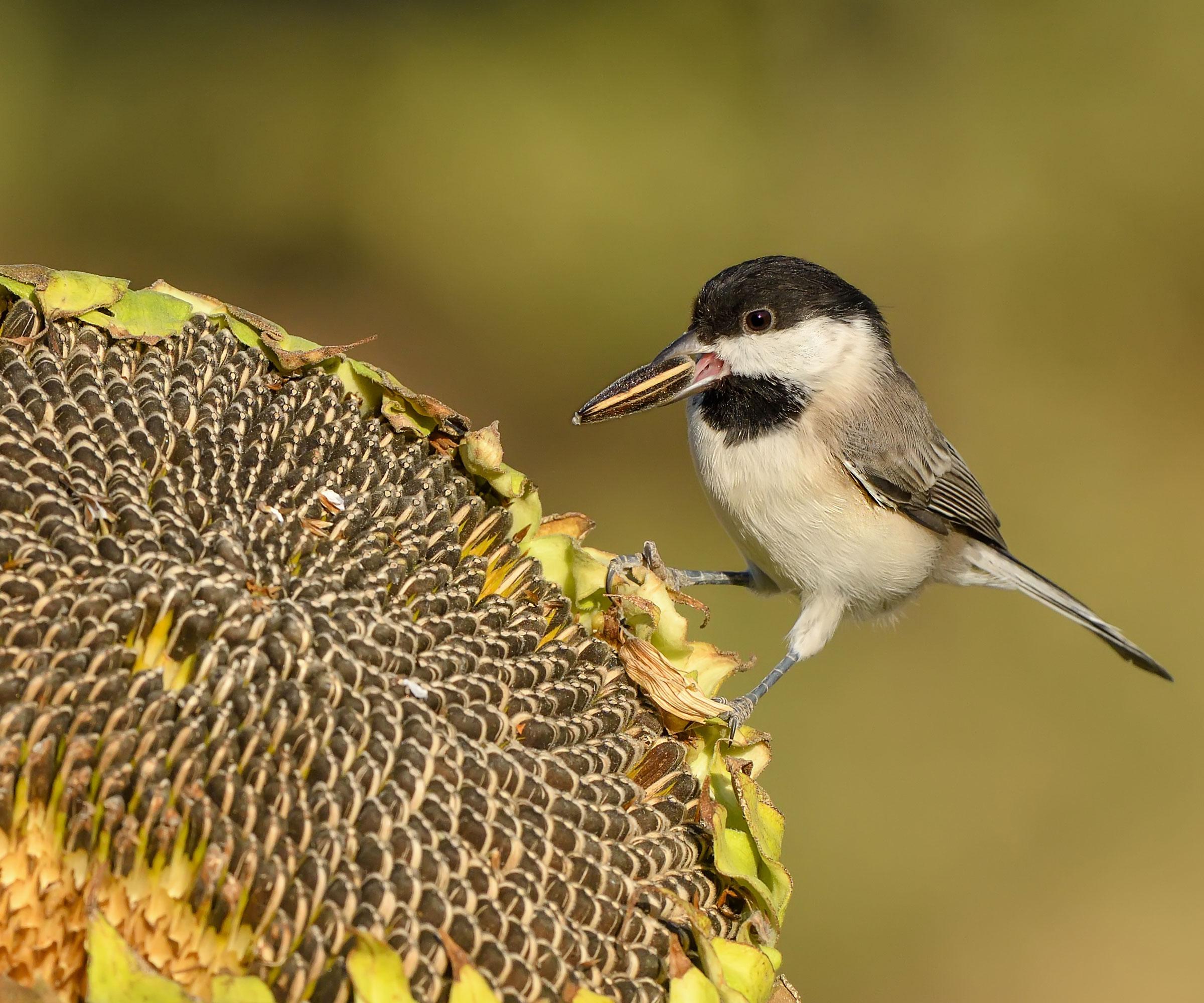
If you’re after the quintessential flower to attract birds, it has to be the sunflower (Helianthus spp.) Everyone recognizes these statuesque garden beauties with their huge, bright-petaled flowers that turn their faces to follow the sun. Annual and perennial sunflower types are easy to grow.
For the largest sunflower seedheads possible, grow a large variety – preferably several! Buy ‘Giganteus’ from Park Seed in the Gardening Know How Shop for massive seedheads beloved of finches, nuthatches, juncos, chickadees, cardinals and grosbeaks. Also consider growing sunflowers that produce black oil sunflower seeds which most birds can eat. Don’t accidentally plant heat-treated seeds, since they won’t germinate.
2. Nyjer
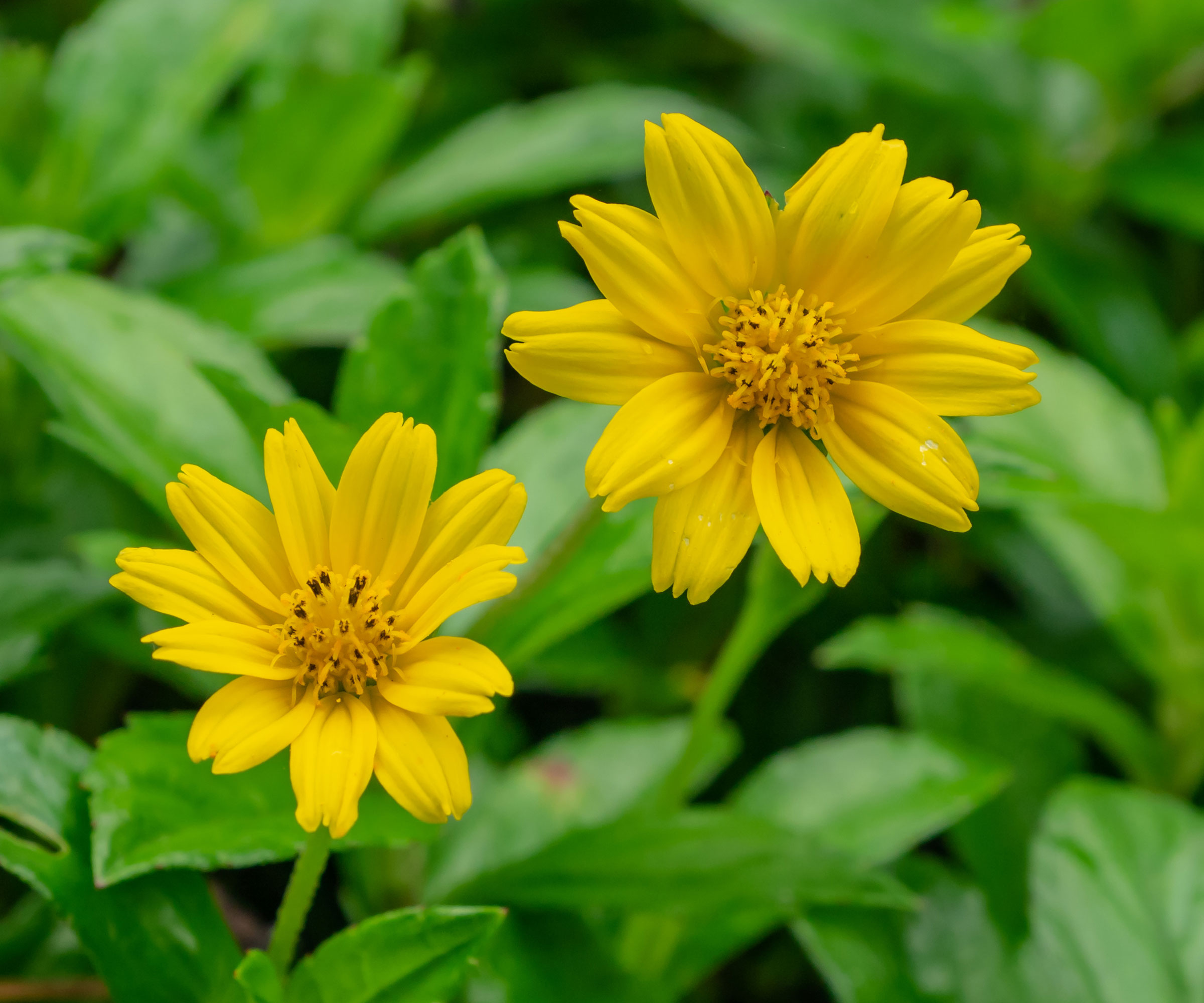
Nyjer (Guizotia abyssinica) seeds are perhaps the runner-up to sunflower seeds as the most popular bird seed. These are seeds of African daisies which grow fast, with flowers that resemble coreopsis. Their seeds are small and preferred by birds such as finches.
Use a tube feeder to contain and serve these seeds. The Garden Guru Tube Bird Feeder, available in the Gardening Know How Shop, is a great choice for supporting tiny birds as they feed.
Sign up for the Gardening Know How newsletter today and receive a free copy of our e-book "How to Grow Delicious Tomatoes".
3. Safflower
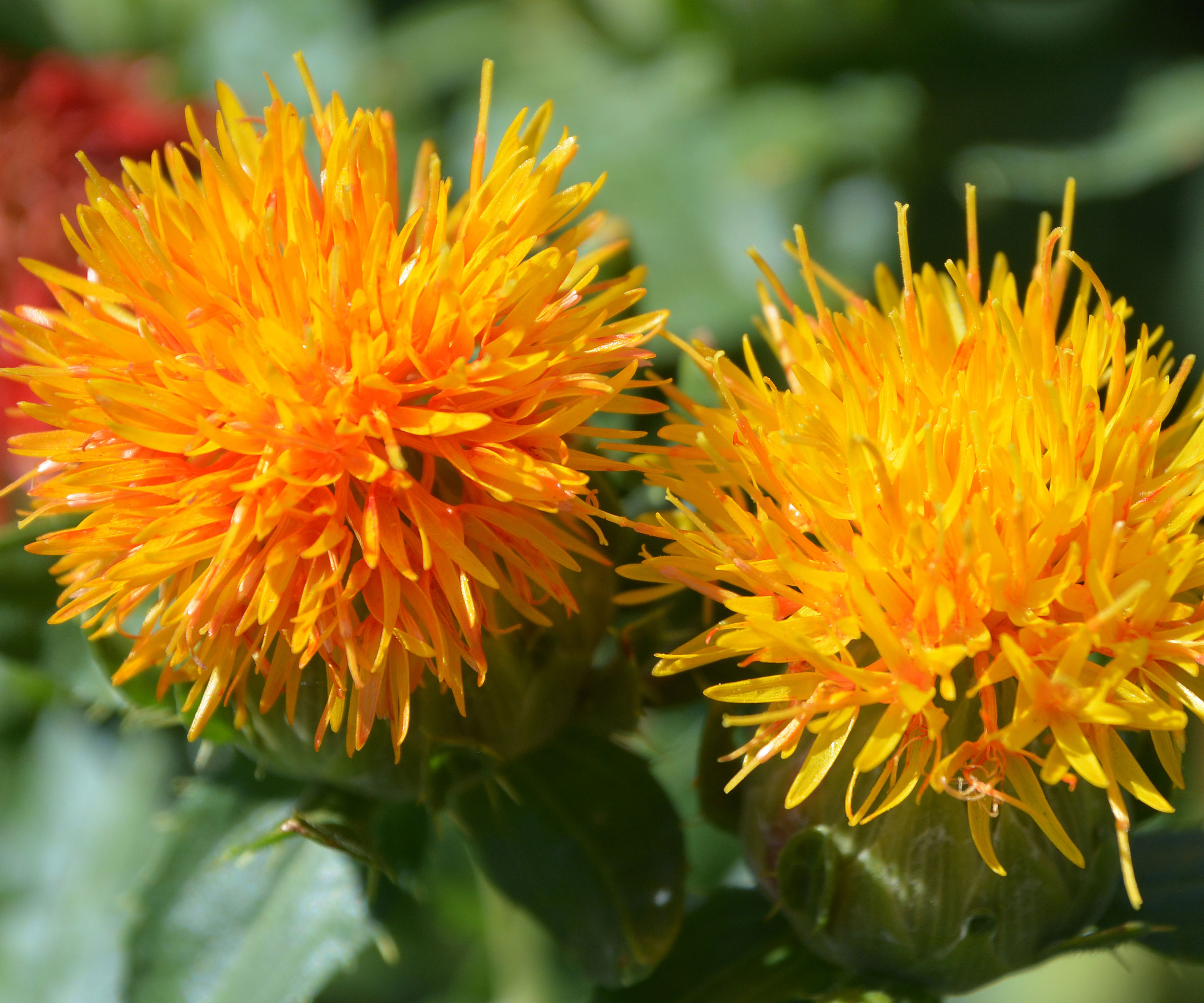
Safflower (Carthamus tinctorius) seed is another easy-to-grow plant. It produces highly nutritious seeds that wild birds adore. To grow safflowers, poke some seeds into the ground in spring and wait for spiny safflower leaves to grow. Many varieties of feathered friends like safflower seeds, including cardinals, jays, doves, titmice, finches and native sparrows.
4. Black-Eyed Susan
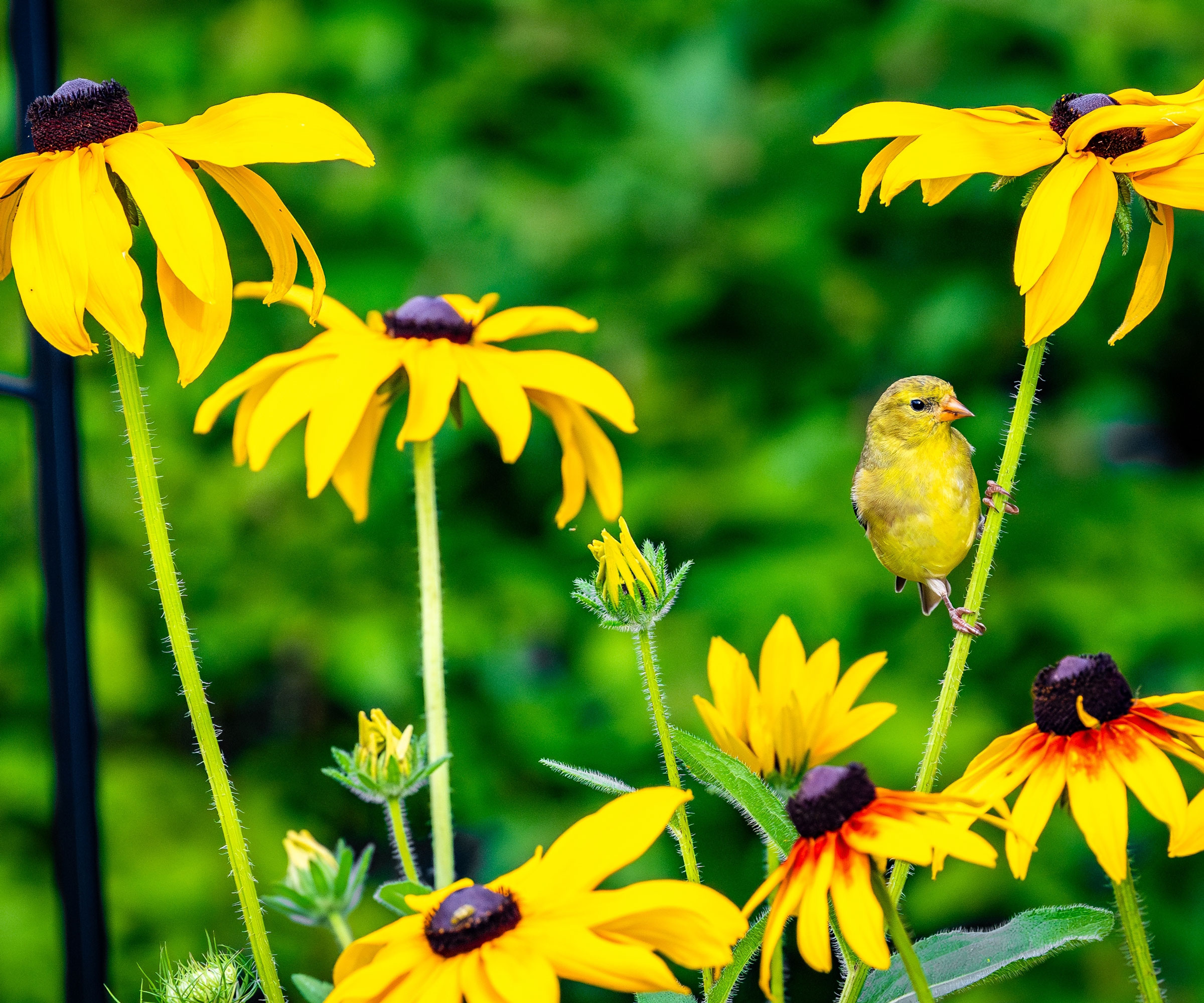
If you don’t already know black-eyed Susan flowers (Rudbeckia hirta), you will quickly fall in love with this cheerful daisy-like plant. In addition to its canary-yellow petals and dark centers, birdies go crazy for the seeds. Grow in a sunny area to develop blooms from summer through autumn.
Black-eyed Susan varieties like ‘Prairie Glow’ and ‘Blackjack Gold’ in the Gardening Know How Shop will develop rich clusters of seeds on prolific flowerheads in the fall.
5. Canary Seed Grass
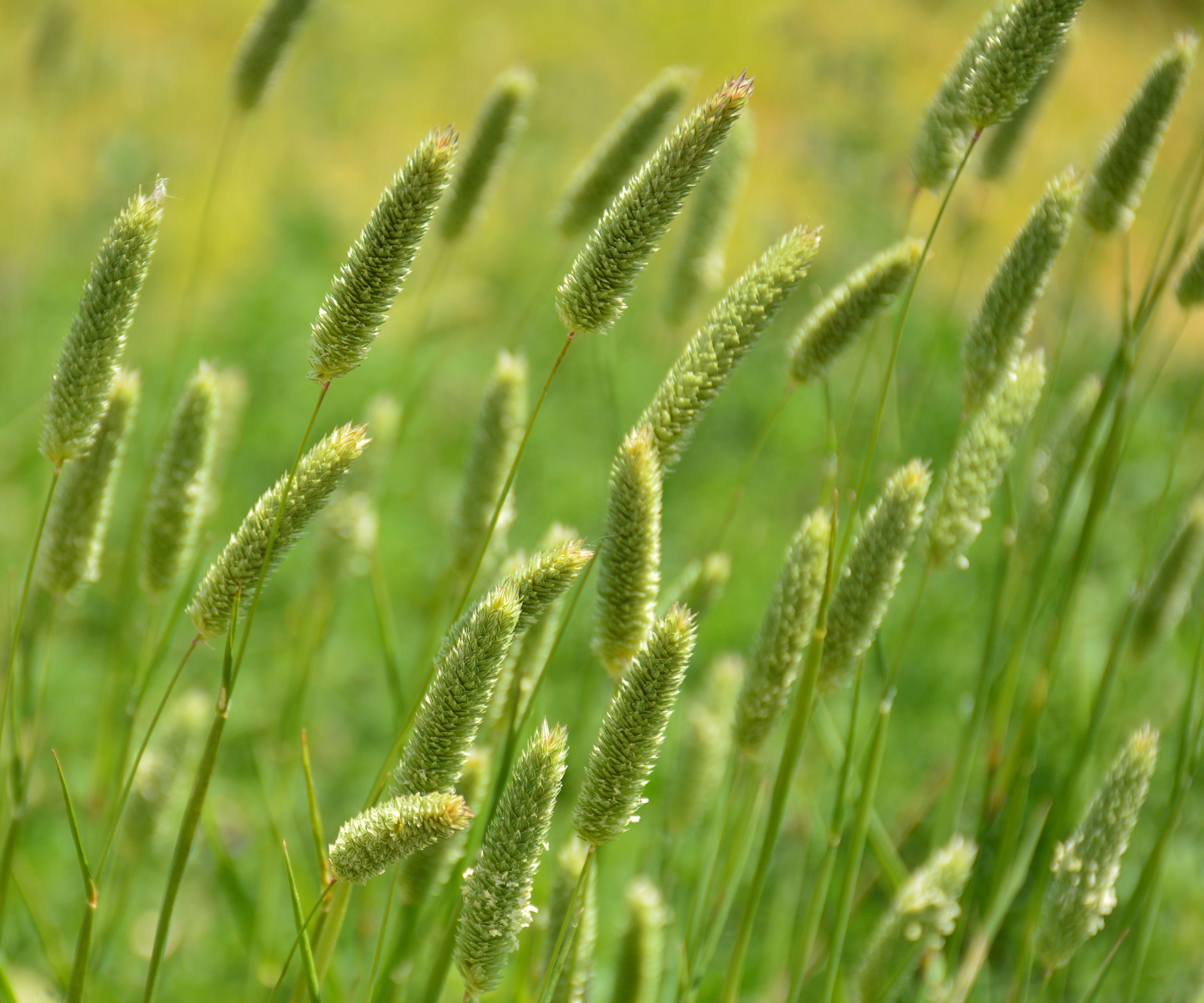
Yes, canaries love canary seed – but so do many other birds. Canary seed grass (Phalaris canariensis) is native to the Canary Islands, which is in fact the derivation of the common name. The seeds are shiny brown and make a popular bird food. Keep harvested seeds in a dry place out of reach of rats and mice.
6. Pearl Millet

Pearl millet (Pennisetum glaucum) is a fast-growing grass. It is a great ornamental millet to grow if you are interested in bringing more birds to your backyard. Its broad leaves look like those of corn plants and it produces generous amounts of seeds. This annual naturally has green leaves, but you can also find varieties with pretty purple leaves.
7. Zinnias

Zinnias bring bright color to your garden and they’re easy to grow by seed. Choose dwarf varieties that max out at 8-12 inches (20-30cm), or gigantic plants that can reach heights of 3-8 feet (1-2m) tall. Zinnia seeds are highly prized by sparrows, finches, juncos and chickadees.
Zinnia varieties like ‘Whirligig Mixed’ by Park Seed, available in the Gardening Know How Shop, make gorgeous blooms to entice hungry birdies to your yard well into fall.
Harvesting & Storing Bird Seed
Not every type of seed is easy to pick and save for later but some popular options, like sunflower seeds, store well. They are good options for those who want to make their own bird seed. Harvesting seeds is easy, but timing is important. To harvest sunflower seeds, wait until the flowers dry up and are brown all the way to the back.
Cut off the heads of the flowers, then rub the seeds out into a container. Spread them out and allow them to dry in a warm, dry area with air currents. Store in a paper or cloth bag in a dry area, out of reach of rodents and squirrels. Shake at regular intervals. Use this method for other seeded blossoms as well.
Using Homegrown Bird Seed
You can either leave large seedheads like those of sunflowers around the garden for the birds to feast on, or offer garden birds your homegrown bird seed in appropriate feeders. These could be trays, tube feeders, hopper feeders and even window feeders, depending on the size of the seed and the birds you hope to attract.
If you are using sunflower seeds, remember that squirrels love these seeds as much as birds do, so it’s wise to use a feeder that excludes them. The Garden Guru Squirrel Proof Mesh Tube Feeder, available in the Gardening Know How Shop, keeps rodents out while allowing small birds full access to your seeds.
Alternatively, include your seeds in peanut butter treats and suet mixes. Melt a cup of vegetable shortening or lard and mix with a cup of crunchy peanut butter, a couple of cups of cornmeal, plus your birdseed and some fruit. Place into a suet mold and freeze until firm and ready to use.
Interested in more ideas for bird-friendly gardening and expert advice delivered straight to your inbox? Sign up for the free Gardening Know How Newsletter!
Frequently Asked Questions
Will birdseed grow if you plant it?
Plants grow seeds to reproduce the species, which means that, correctly planted, the seeds will grow. However, if you are keen on planting bird seed, start with easy plants like annuals. Bear in mind that heat-treated seeds won’t grow. Also, some native plant seeds may require exposure to cold weather to germinate.
How long does bird seed take to grow?
Some plants grow quickly, while others take longer to mature and produce seed. If you are in a hurry, start with annual plants – like annual sunflowers – since they germinate, bloom and grow seeds in one growing season.
This article features products available from third party vendors on the Gardening Know How Shop. Keep in mind that our plant inventory is limited - so if you’re thinking of purchasing, don’t wait!

Teo Spengler is a master gardener and a docent at the San Francisco Botanical Garden, where she hosts public tours. She has studied horticulture and written about nature, trees, plants, and gardening for more than two decades, following a career as an attorney and legal writer. Her extended family includes some 30 houseplants and hundreds of outdoor plants, including 250 trees, which are her main passion. Spengler currently splits her life between San Francisco and the French Basque Country, though she was raised in Alaska, giving her experience of gardening in a range of climates.
- Mary H. DyerWriter

